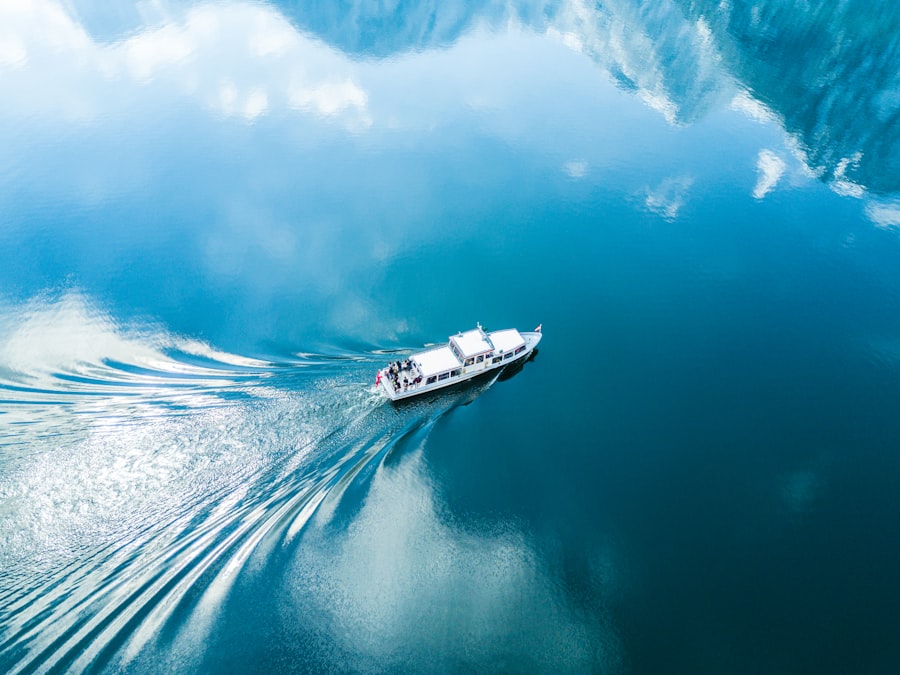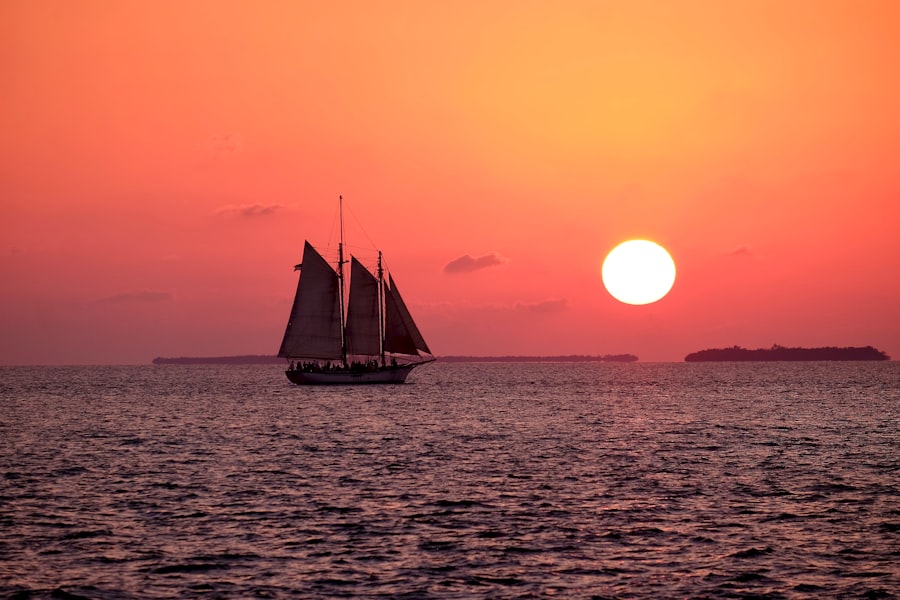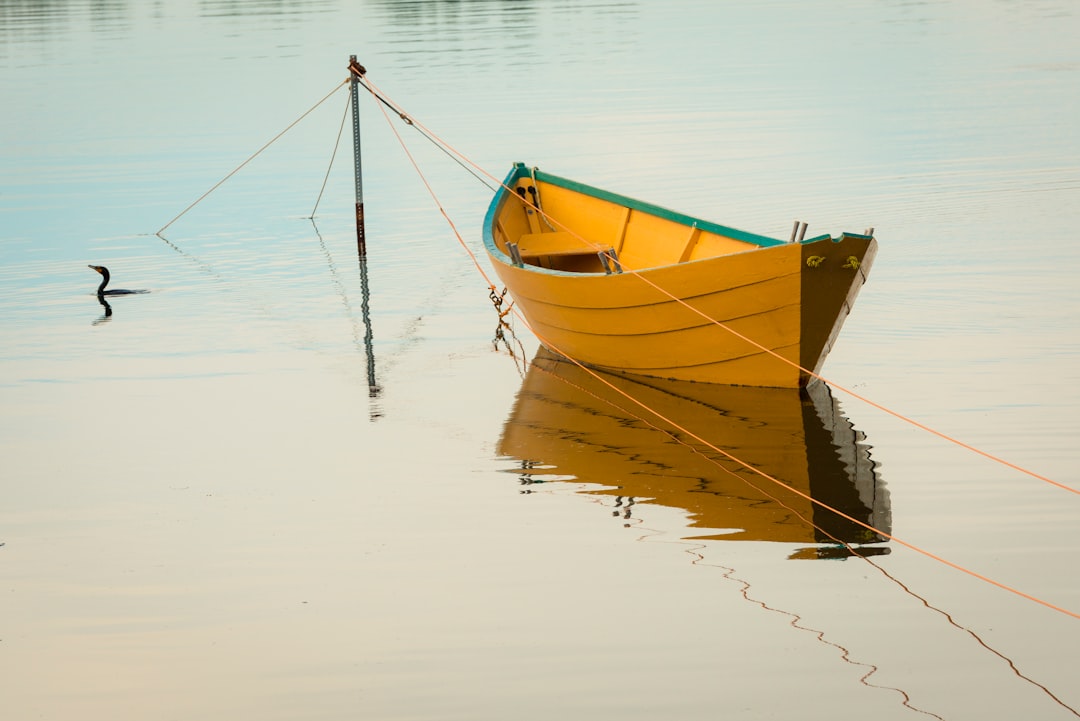The Drake Passage, a body of water that separates South America from Antarctica, is renowned for its tumultuous seas and unpredictable weather. Stretching approximately 800 kilometers (500 miles) from Cape Horn to the Antarctic Peninsula, this passage is often regarded as one of the most challenging maritime routes in the world. Named after the English explorer Sir Francis Drake, who navigated these waters in the late 16th century, the Drake Passage has become a rite of passage for adventurers and researchers alike, eager to explore the icy landscapes of Antarctica.
The significance of the Drake Passage extends beyond its geographical location; it serves as a critical conduit for ocean currents and marine life. The confluence of the Atlantic and Pacific Oceans creates a unique ecosystem that supports a diverse array of wildlife. For many travelers, crossing the Drake Passage is not merely a means to reach Antarctica but an integral part of the journey itself, filled with anticipation and excitement.
The passage embodies both the beauty and ferocity of nature, making it a focal point for those seeking adventure on the high seas.
Key Takeaways
- The Drake Passage is a treacherous body of water located between South America’s Cape Horn and the South Shetland Islands of Antarctica.
- Preparing for the journey across the Drake Passage requires careful planning, including packing appropriate clothing and gear for the extreme conditions.
- Understanding the challenges of the Drake Passage, such as strong winds and rough seas, is crucial for ensuring a safe and successful journey.
- Navigational strategies for the Drake Passage involve carefully plotting a course to avoid the worst of the weather and sea conditions.
- Weather conditions in the Drake Passage can have a significant impact on the journey, with storms and high waves posing potential hazards to navigation.
Preparing for the Journey
Preparation for a journey across the Drake Passage requires careful planning and consideration. Travelers must equip themselves with appropriate gear to withstand the harsh conditions that can arise during the crossing. Layering clothing is essential, as temperatures can fluctuate dramatically.
Additionally, packing essentials such as seasickness medication, sunscreen, and personal items can make a significant difference in comfort during the voyage. Beyond physical preparations, mental readiness is equally important.
Understanding the nature of the Drake Passage and its potential challenges can help travelers approach the journey with a sense of realism and resilience. Engaging in pre-trip briefings or discussions with experienced travelers can provide valuable insights into what to expect. This preparation not only enhances safety but also enriches the overall experience, allowing individuals to fully appreciate the majesty of their surroundings while navigating one of the world’s most formidable maritime routes.
Understanding the Challenges of the Drake Passage

The challenges presented by the Drake Passage are multifaceted and can vary significantly from one crossing to another. Renowned for its rough seas, the passage is often characterized by high winds and large swells that can create a tumultuous environment for vessels. The unpredictable nature of these conditions means that even well-prepared ships can encounter difficulties, making it essential for travelers to remain adaptable and vigilant throughout their journey.
Moreover, the psychological aspect of traversing such a notorious stretch of water cannot be overlooked. The fear of seasickness looms large for many travelers, as the motion of the ocean can be disorienting and uncomfortable. However, understanding that these challenges are part of the adventure can help individuals embrace the experience rather than dread it.
Many find that overcoming these obstacles fosters a sense of camaraderie among fellow travelers, creating lasting memories forged in the face of adversity.
Navigational Strategies for the Drake Passage
| Strategy | Description | Advantages | Disadvantages |
|---|---|---|---|
| Great Circle Route | The shortest path between two points on the surface of a sphere | Reduces travel time | Potentially rough seas |
| Transit through the Beagle Channel | Navigating through the narrow strait at the southern tip of South America | Sheltered waters | May require additional time |
| Using Icebreakers | Utilizing specialized vessels to break through ice-covered waters | Allows passage through ice fields | Dependent on ice conditions |
Navigating the Drake Passage requires a combination of skill, experience, and technology. Modern vessels are equipped with advanced navigation systems that allow crews to monitor weather patterns and sea conditions in real-time. This technology plays a crucial role in determining safe routes and avoiding areas prone to particularly rough waters.
Experienced captains often rely on their knowledge of historical weather patterns and current conditions to make informed decisions about course adjustments. In addition to technological aids, traditional navigational techniques remain vital in ensuring safe passage through this challenging waterway. Understanding ocean currents, tides, and wind patterns can provide valuable insights into how best to traverse the passage.
Skilled navigators often employ a combination of both modern tools and time-honored methods to chart their course effectively. This blend of old and new ensures that vessels can navigate safely while maximizing efficiency during their journey across one of the world’s most formidable maritime routes.
Weather Conditions and Their Impact on the Passage
Weather conditions in the Drake Passage are notoriously volatile, with rapid changes occurring within short timeframes. The convergence of cold Antarctic air with warmer air from the north creates an environment ripe for storms and unpredictable weather patterns. Travelers must be prepared for everything from calm seas to fierce gales that can whip up towering waves in an instant.
Understanding these dynamics is crucial for anyone embarking on a journey through this region. The impact of weather on navigation cannot be overstated. High winds and rough seas can delay crossings or necessitate course changes that extend travel time.
Additionally, adverse weather conditions can affect visibility, making it challenging for crews to spot other vessels or navigate safely through ice-laden waters. For travelers, this means remaining flexible and patient as they adapt to changing circumstances while keeping safety as their top priority.
Wildlife Encounters in the Drake Passage

One of the most enchanting aspects of crossing the Drake Passage is the opportunity to encounter diverse wildlife that inhabits these waters. The nutrient-rich currents support an array of marine life, including seals, whales, and various seabird species. Travelers often find themselves captivated by sightings of majestic humpback whales breaching the surface or playful sea lions basking on ice floes.
These encounters serve as a reminder of nature’s beauty and resilience in even the harshest environments. Birdwatchers particularly revel in this region, as numerous seabirds call the Drake Passage home during certain times of the year. Albatrosses glide gracefully above the waves, while petrels dart playfully across the water’s surface.
Observing these creatures in their natural habitat adds an exhilarating dimension to the journey, allowing travelers to connect with nature in profound ways. Each sighting becomes a cherished memory, enriching their experience as they navigate through this remarkable stretch of ocean.
Safety Measures for the Journey
Safety is paramount when traversing the Drake Passage, given its reputation for unpredictable conditions. Vessels are equipped with various safety features designed to protect both passengers and crew members during their journey. Life jackets, emergency beacons, and lifeboats are standard equipment on ships navigating these waters.
Additionally, regular safety drills ensure that everyone on board knows how to respond in case of an emergency. Communication systems also play a critical role in maintaining safety during crossings. Modern vessels are equipped with satellite communication technology that allows crews to stay connected with maritime authorities and other vessels in the area.
This connectivity enhances situational awareness and enables timely responses to changing conditions or emergencies. For travelers, understanding these safety measures fosters confidence in their journey across this challenging passage.
The Importance of Experienced Crew Members
The expertise of experienced crew members cannot be overstated when navigating the Drake Passage. Skilled captains and crew bring invaluable knowledge gained from years spent at sea, allowing them to make informed decisions based on real-time conditions. Their ability to read weather patterns, assess sea states, and respond effectively to challenges is crucial for ensuring a safe passage.
Moreover, experienced crew members serve as guides throughout the journey, sharing insights about the region’s history, ecology, and wildlife. Their passion for exploration often inspires travelers to engage more deeply with their surroundings, fostering a sense of appreciation for both nature and maritime heritage. The presence of knowledgeable crew members transforms a simple crossing into an enriching educational experience that resonates long after the journey has ended.
Arrival in Antarctica
Arriving in Antarctica after crossing the Drake Passage is often described as a momentous occasion filled with awe and wonder. As vessels approach the icy shores of this remote continent, travelers are greeted by breathtaking landscapes characterized by towering glaciers and pristine white expanses. The stark beauty of Antarctica serves as a powerful reminder of nature’s grandeur and fragility.
For many adventurers, stepping foot on Antarctic soil represents not just a physical arrival but also an emotional milestone—a culmination of dreams and aspirations realized through perseverance and determination.
Tips for a Smooth Passage
To ensure a smooth passage across the Drake Passage, travelers can adopt several practical strategies that enhance their experience. First and foremost, maintaining open communication with crew members is essential; they are there to provide guidance and support throughout the journey. Listening to their advice regarding safety protocols and weather updates can significantly improve comfort levels during rough seas.
Additionally, staying hydrated and nourished is vital for maintaining energy levels during long crossings. Many vessels offer hearty meals designed to sustain passengers through challenging conditions; taking advantage of these offerings can help combat fatigue and seasickness. Finally, embracing flexibility—both mentally and physically—can make all the difference when navigating this unpredictable stretch of water.
Reflecting on the Journey
Reflecting on a journey across the Drake Passage evokes a sense of gratitude for both nature’s beauty and human resilience. The challenges faced during this crossing become integral parts of each traveler’s story—moments that test limits while fostering camaraderie among fellow adventurers. As they gaze back at the turbulent waters they have traversed, many find themselves transformed by their experiences.
Ultimately, crossing the Drake Passage is more than just a means to reach Antarctica; it is an adventure that encapsulates both struggle and triumph against nature’s formidable forces. Each traveler carries with them not only memories of breathtaking landscapes but also lessons learned about perseverance, adaptability, and respect for our planet’s wild places—a testament to their journey through one of Earth’s most remarkable maritime passages.
Navigating the treacherous waters of the Drake Passage is a formidable challenge for even the most seasoned sailors. This notorious stretch of sea, which lies between the southern tip of South America and Antarctica, is known for its unpredictable weather and tumultuous waves. For those interested in learning more about the experiences of adventurers who have braved these waters, a related article can be found on MyGeoQuest. This article delves into the history and challenges of crossing the Drake Passage, providing insights into the preparation and resilience required for such a journey. You can read more about it by visiting this
